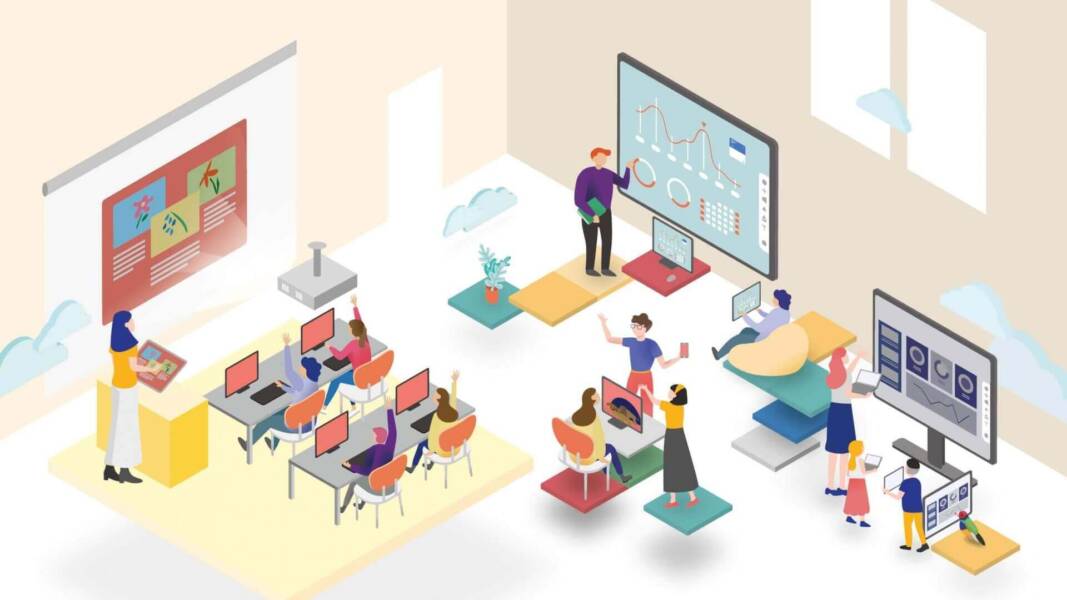The classroom of today is very different from the classroom of yesterday. New technologies and new teaching strategies have changed the way that lessons are taught, and for those educators looking to the future, more changes are coming. The future of learning is going to mean more flexibility on the part of teachers, and as modern technologies such as cloud computing, 3D printing, and augmented reality are already becoming a standard presence in the classroom of today. The adoption of new technologies and teaching methods will need to be in alignment if the students of the future hope to get more from their education.

Augmented Reality
Although it has already started to carve out its place in the classroom, the ongoing development of augmented reality (AR) is going to inevitably mean a more prominent place in education. Current examples of AR in education are prolific and have already been shown to enhance learning rates. Through interactive content exploration, students are better able to demonstrate what they understand while continuing to advance their learning.
Data-Backed Personalisation
The combination of a personalised approach to education and the use of data is set to transform the ability of teachers to deliver a learning experience that has real value. Already, data-backed, personalised learning technology resources and tools are available that put the power of learning directly into the hands of students, while improving the ability of teachers and parents to monitor and adjust those learning pathways. Both personalisation and data are big buzzwords in business. Still, they are now playing a more significant role in the learning environment, and that looks set to become a distinguishing feature of the classroom of the future.
Biometrics and Eye Tracking
While the value of biometrics has primarily been seen in the security sector, it is proving its value in the education sector. While basic examples of biometrics, such as fingerprint scanning, facial recognition, and iris patterning can be used in schools, that is not where the real value of biometrics comes from. In the classroom, students need to pay attention to what’s being taught, and by using eye-tracking technologies, the teacher of the future will be able to identify those lessons and moments that result in lost concentration. Eye-tracking may be the key to identifying flaws in lesson planning or to highlight different types of learning style.
3D Printing
From science classes where skeleton parts are designed and printed, to math lessons that use engineering examples to explain challenging concepts, the 3D printer has the potential to transform the classroom. Although the current costs of 3D printers make widespread classroom adoption challenging, the continued drop in those prices makes it increasingly likely that they will start to be more visible in schools in the near future. When students can verify what they have learned through the 3D printing of molecular structures or historical artefacts, this more practical and hands-on approach will undoubtedly be one of the defining features of the classroom of tomorrow.
Technology continues to transform the world, and nowhere is this more visible than in the modern classroom. As those technologies continue to become cheaper and more powerful, they will only become more integrated into the learning environment. For teachers that want to stay ahead of the demands of modern education, having an awareness of what to expect over the next ten years may be critical for the future of their students.
TechnologyHQ is a platform about business insights, tech, 4IR, digital transformation, AI, Blockchain, Cybersecurity, and social media for businesses.
We manage social media groups with more than 200,000 members with almost 100% engagement.











































